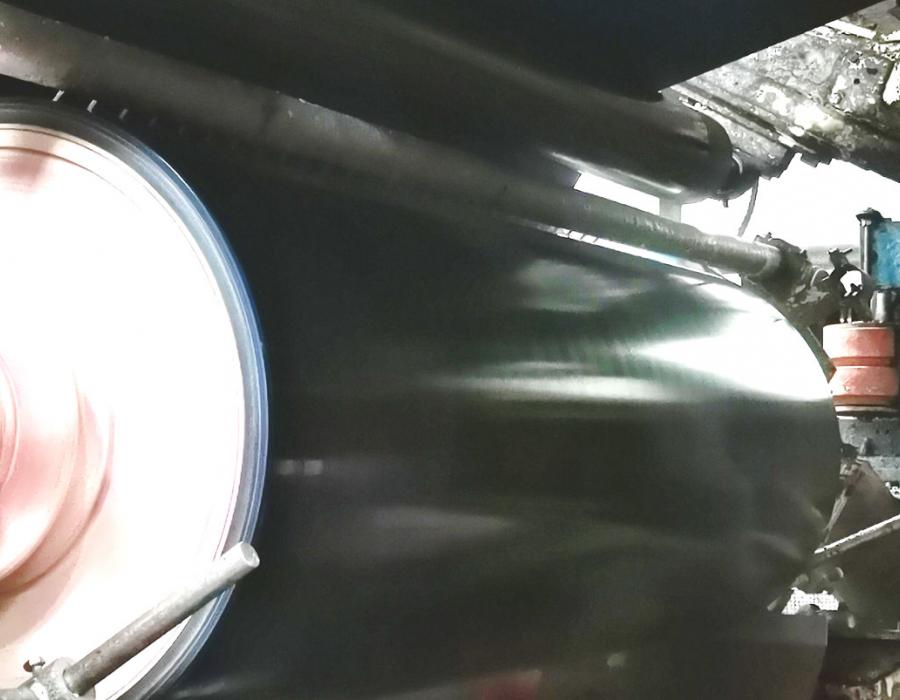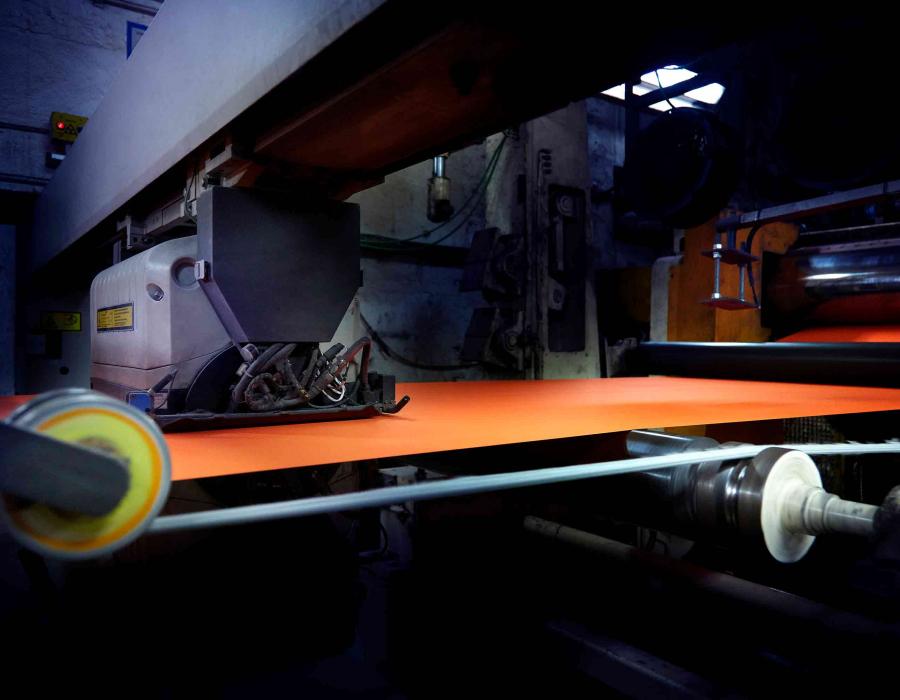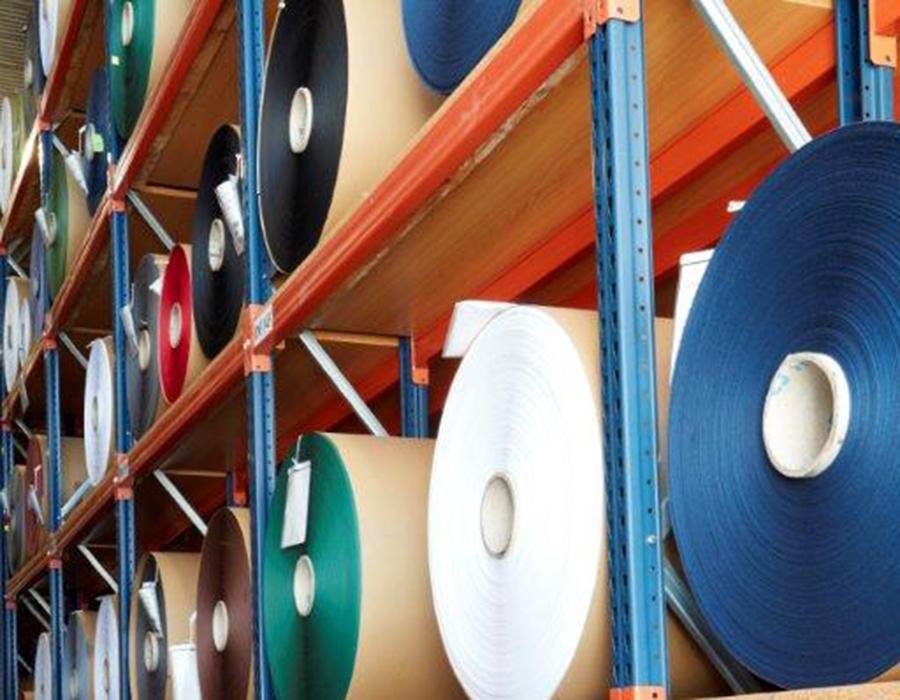The manufacture of paper involves a series of stages ranging from the production of the pulp through to the end finish to ready it for sale to the customer. In the previous post we took a look at the initial part of the process as far as the drying of the paper. We continue in this post by going through the different stages to show you all the secrets involved in the production of this material.

Processing of the paper
Once the material emerges from the drying drums, the processing of the paper begins. The Size Press is an optional module on the machine that can be used to apply surface treatments to material, which may range from an anti-spot treatment to protective substances that will change the look of the paper (although these changes are conducted in other areas and on other machines in the factory). To perform these tasks, the Size Press is comprised of a large roller through which the material passes, with jets at the top to apply the treatment.
Many paper-mills make the most of this tool to apply colour. Guarro Casas, on the other hand, since its papers are premium quality, prefers to provide the desired hue by means of mass pigmentation, as we already explained. This affords greater strength and uniformity of colour.
On the other hand, we apply the anti-spot treatment to the material to improve its finish. In this way, when paper is processed repeatedly in publishing or packaging it retains its optimal aesthetic characteristics.
We should not forget that whenever the material is wetted it must be dried again before the process can be resumed. After exiting the Size Press, the paper goes back through drying rollers, although this time they are much shorter than the first ones.

Quality Control
At this point in the process, Mesurex comes into play, a sensor that reads the material continuously and measures all its characteristics (colour, grammage, thickness, etc.). Paper is not exact, and as we say at Guarro Casas, it is alive. In fact, even the tree from which the cellulose is sourced can alter the way the fibres will absorb pigments, among other parameters. During production, paper can be affected by many factors and continuous control and any subsequent action that needs to be taken will guarantee uniformity and quality.
Although every attempt is made to ensure that the paper is perfect, there is a tolerance factor involved, an acceptable margin of variation that can hardly be perceived by the naked eye. In order to ensure minimal changes and that the entire output is as homogeneous as possible, Mesurex records these changes and modifies any values that may need to be compensated in the rest of the paper being manufactured.
By way of example, if a yellow should be 25 points in production and the machine detects that the figure is rising slowly, it will compensate for this change and readjust it to 25 in the following metres of paper. For this purpose, and thanks to this function, this tool works as a quality control that ensures that the resulting material has the best possible mechanical and aesthetic characteristics and a good finish.

Final flattening
Finally, the sheet of paper reaches two rollers that calender the material, or in other words flatten it by applying pressure. This optional step is necessary to ensure that the paper produced is as flat as possible, since the cloths or felt used to remove the moisture also give it a certain texture. To have an idea of the sensation we are talking about, think about the texture of a paper for watercolour painting.
Once this process has been completed, the material is finished and is ready to be used in all types of publishing and packaging projects. For distribution and sale, the paper is rolled and cut into the most common selling formats, which are usually 100-m rolls or standard-size sheets.
